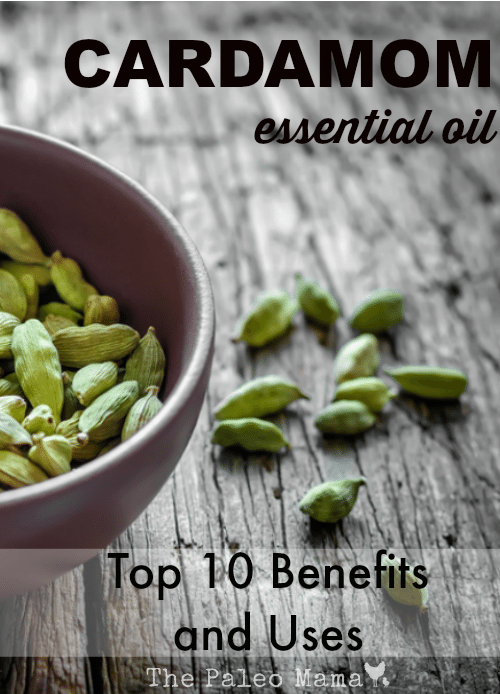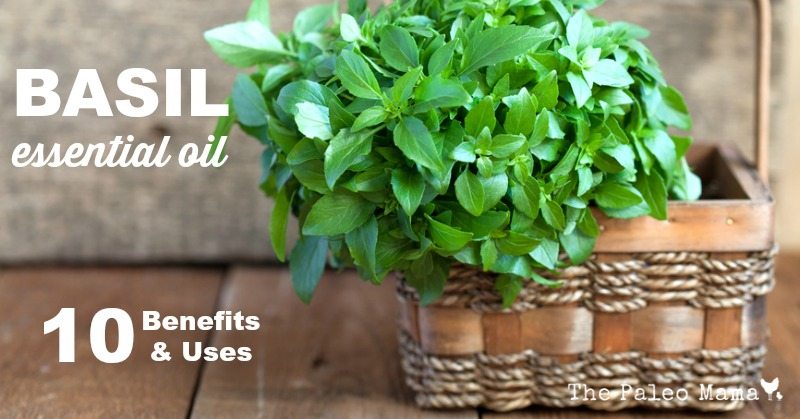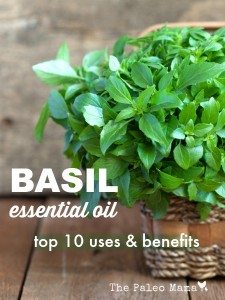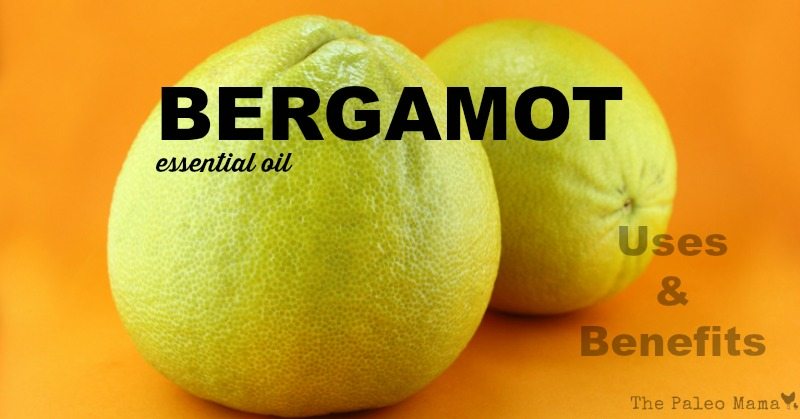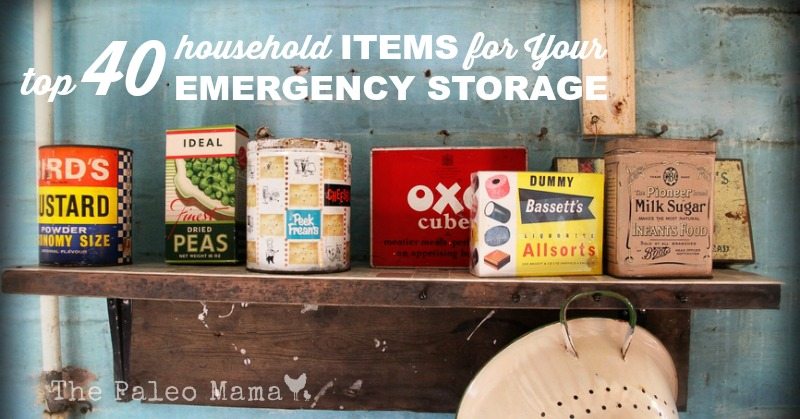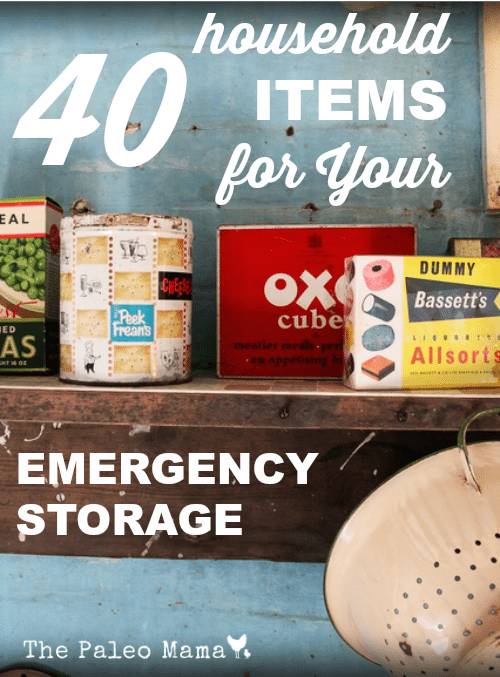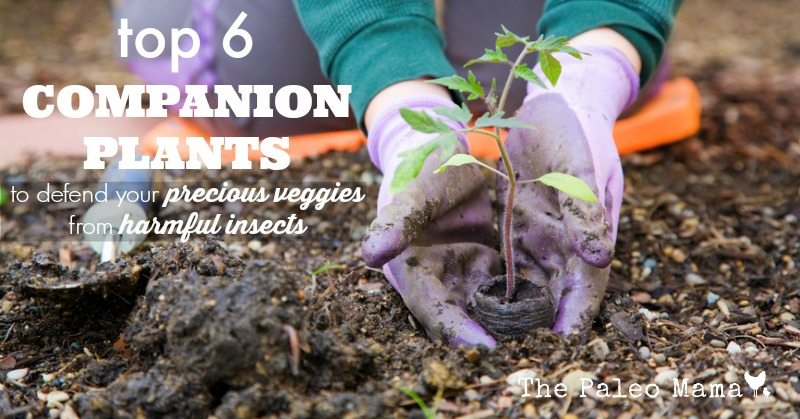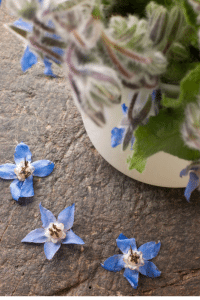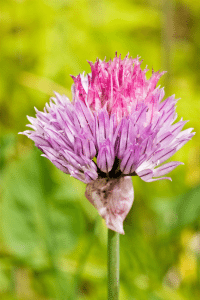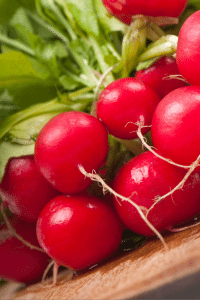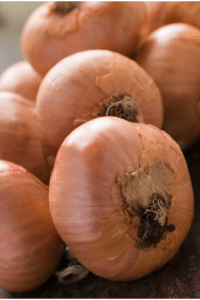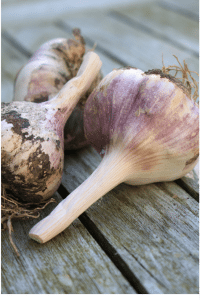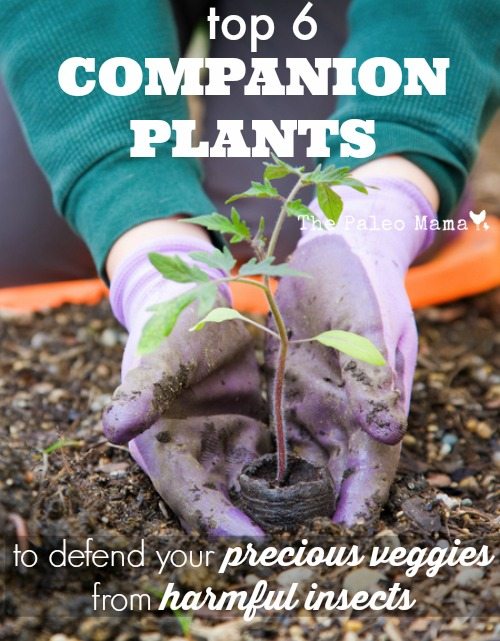Cardamom is a flowering plant in the ginger family. There are two main varieties—Amomum and Elettaria. Cardamom oil from the Elettaria variety, which is commonly called “green” cardamom, or “true” cardamom. Native to Southeast Asia, Cardamom is added to traditional Indian sweets and teas for its cool, yet minty aroma and flavor. High quality Cardamom essential oil is steam distilled from seeds, after they dried for more than three months.
Cardamom is described as spicy, fruity, warm, and balsamic. It’s main chemical components are terpinyl acetate, 1,8-cineole, and linalool. It has profound effects on the respiratory system due to its high cineole content, which promotes clear airways and breathing.
What are the benefits of Cardamom Essential Oil?
These are some of the primary benefits of Cardamom Oil:
- Eases occasional indigestion
- Supports overall respiratory health.
- It is often used to promote oral health of the teeth and gums.
- It uplifts mood
- Flavorful spice for cooking and baking
What are Cardamom’s cautions?
There are no known toxic effects, but consuming an excessive amount of Cardamom essential oil can result in an overdose, resulting in loose bowels and irritation. Pregnant women and lactating mothers are advised not to ingest cardamom oil.
Top Ten Uses for Cardamom Essential Oil
- When cooking with Cardamom essential oil, start with a very small drop—essential oils go a long way in flavoring food.
- To support your digestive system or reduce stomach upsets, use 1-2 drops topically, aromatically, or internally. Cardamom can be combined with a digestive essential oil blend.
- If you are having trouble with stomach gas, add 1 drop to water, or 1-3 drops to a veggie capsule. You could also massage it over your lower abdomen.
- Cardamom can help eliminate bad breath. Place a tiny amount on your tongue.
- For muscle discomforts, either add Cardamom oil to a massage oil for a full body massage, or apply 1-2 drops in a carrier oil over the aching area.
- Cardamom essential oil can be used to uplift your mood, much the same way as citrus blends can do. Try diffusing it throughout your room, or massage 1-2 drops over your chest area.
- Cardamom is excellent when used in bath water, and will leave you feeling refreshed and stimulated.
- Because it is extremely gentle, it can be used in cases where Ginger and Peppermint may be too strong for children or very sensitive individuals.
- Cardamom’s strong taste and rich fragrance make it one of the world’s favorite cooking spices. Use it to accentuate savory dishes or in delicious baked desserts. It can also be added to tea or coffee for a unique taste experience.
Where to purchase Cardamom essential oil
Home-made Cardamom Essential Oil Recipe
Try making a refreshing summer perfume using Cardamom essential oil with other companion oils. It will be a relaxing and warming blend with a lightly floral aroma. It is especially useful during times of stress, anxious feelings, irritability or feelings of sadness. You will be using the following essential oils: Lavender, Chamomile, Cardamom, Cedarwood, Geranium with a carrier oil. You can find the recipe for this Sweet Summer Perfume here.
Cardamom and Emotions
Cardamom is the oil of objectivity, helping individuals to regain objectivity, mental sobriety, and self-control. It is especially beneficial for individuals with a long history of anger or aggression. It helps individuals let go of emotional distortions which cause them to objectify other people and see them as inconveniences. (source)
Companion Oils: Thyme, Oregano, “Digestive” blend , and Geranium
Sources
- https://essential-essentials.com/shop/cardamom-essential-oil/
- https://www.organicfacts.net/health-benefits/essential-oils/health-benefits-of-cardamom-essential-oil.html
- https://www.sustainablebabysteps.com/cardamom-essential-oil.html
- https://www.essentialoils.co.za/essential-oils/cardamom.htm#Uses
So tell me?! How do you like to use Cardamom essential oil?
